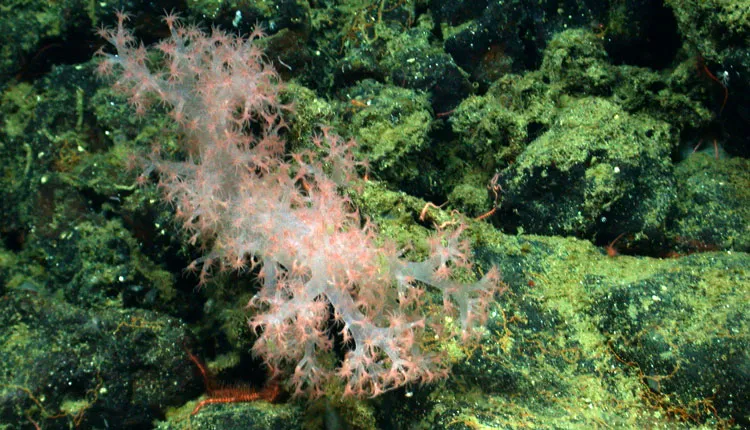New Soft Coral

Discovered in 2004 and named in 2009, this Gersemia juliepackardae coral has been spotted and collected at several seamounts in the northeast Pacific Ocean at depths of 500-2,000 m (1,640-6,562 ft). Learn about more deep-sea discoveries in our Deep-sea Corals article.

